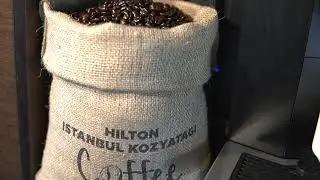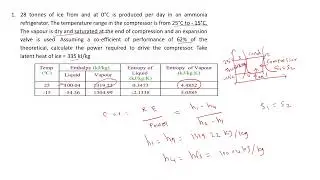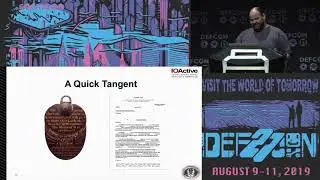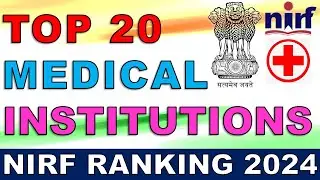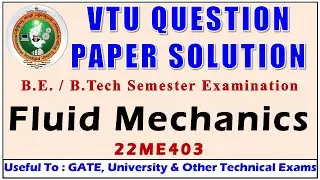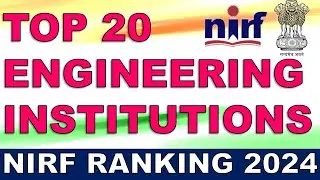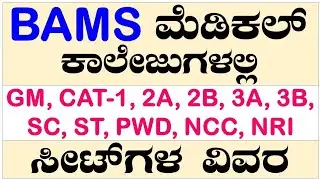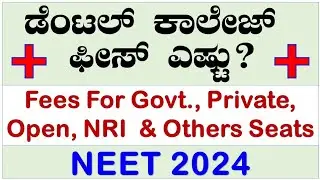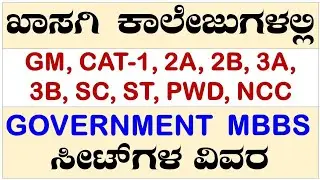VTU Question Paper Solution | Applied Thermodynamic | 4 Sem Mechanical | As Per New Scheme
Subscribe to our Channel "ALL ACADEMY" to Learn the Concepts of Engineering.
You can Also Watch our Other Useful Videos👇
Elements of Mechanical Engg (EME): https://www.youtube.com/playlist?list...
Fluid Mechanics (FM): https://www.youtube.com/playlist?list...
DCET Part A: Applied Science https://www.youtube.com/playlist?list...
DCET Part B: Applied Mathematics https://www.youtube.com/playlist?list...
DCET Part C: https://www.youtube.com/playlist?list...
For All Engineering Books, Notes and Question Papers
https://allacademy4u.blogspot.com
Facebook : / allacademy4u
#VTUQuestionPaperSolution #ATD #VTUExam #Mechanical #Engineering #VTU #GATE2025 #BasicThermodynamics #BME401 #compressor #turbine
#FirstLaw #Entropy #ZerothLaw #Windenergy #TidalEnergy #SecondLaw #IdealGas #RealGas #DieselPlant #SteamPlant #CoalEnergy #Vedantu #byju's CET2025 #DCET2025 #PGCET2025 #JEE2024 #NEET2025 #Khanacademy #GradeUp #Turbulantflow #vedantu #KhanAcademy #Byju's #Gradeup #Unacademy #Meritnation #myCBSEGuide #Vidyakul #Toppr #Doubtnut #CAclubindia #Adda247 #Coursera #Simplilearn #Udemy #Sololearn #UGC #AICTE #NPTEL #IIT #NIT #BITS #Studnet #karnataka #DCET2020 #AnilkumarSir #DCET #Allacademy #allacademy #GATE #ALLACADEMY #ThermalEngineering # #coaching #diplomaclass #examform #online #diplomacoaching #diplomatuition #VTU #BTDNumericals #VTUBTDNumericals #previousquestionpaper #MBA #MCA #BE #backlog #Mtech #ThermodynamicCycle #Quasistaticprocess #Powerplant
VTU Energy Engineering question Paper
VTU, Quetion Paper Problems On Thermodynamics #Anilkumar #AnilkumarHanchinal #Examfever #Anilkumarsir ATDQuestionPaper Kannada All 5 module solution #aiqneetayushcounselling2022
An engine working on constant volume cycle has a suction pressure of 1 bar and a pressure of 13.5 bar at the end of compression. For air take =1.4, find: (i) compression ratio (ii) the percentage of clearance (iii) thermal efficiency (iv) temperature at the end of compression if initial temperature is 27C and (v) mean effective pressure if the pressure at the end of combustion is 23 bar.
The following data were obtained from a Morse test on a 4-cylinder 4-stroke cycle SI engine coupled to a hydraulic dynamometer operating at a constant speed of 1500rpm: Brake load with all 4 cylinders firing = 296N, Brake load with cylinder1 not firing = 201N, Brake load with cylinder 2 not firing = 206N, Brake load with cylinder3 not firing = 192N, Brake load with cylinder4 not firing = 200N. The brake power in kW is calculated using the equation 42300 WN BP WN/42300 , where W = Brake load in Newton and N = Speed of the engine in rpm. Calculate: (i) BP (ii) IP (iii) FP (iv) Mechanical efficiency
In an open cycle gas turbine plant, air enters the compressor at 1 bar & 27C. The pressure after compression is 4 bar. The isentropic efficiency of turbine and compressor are 85% and 80% respectively. The air – fuel ratio is 80: 1. Calorific value of fuel used is 42000kJ/kg. Mass flow rate of air is 2.5kg/s. Determine the power output from the plant and the cycle efficiency. Assume that Cp and γ to be same for both air and products of combustion
In a regenerative gas turbine cycle, air enters the compressor at 1 bar and 15C. The pressure ratio is 6. The isentropic efficiencies of compressor and turbine are 0.8 and 0.85 respectively. The maximum temperature in the cycle is 800C. The regenerator efficiency is 0.78. Assume Cp = 1.1 KJ/KgK and = 1.32 for combustion products and find the cycle efficiency.
In a reheat cycle, the initial steam pressure and maximum temperature are 150 bar and 550C respectively. If the condenser pressure is 0.1 bar and the moisture at the condenser inlet is 5% and assuming ideal processes, determine: (i) the reheat pressure (ii) the cycle efficiency (iii) the steam rate.
For a food storage purpose, a refrigeration plant of 10.5 TR is required at an evaporation temperature of -12C and condenser temperature of 27C. The refrigerant is ammonia. It is sub cooled by 6C before entering the expansion valve. The vapour is 0.95 dry as it leaves the evaporator coil. The compression is adiabatic. Using p-h chart, Calculate (i) Condition of vapour at outlet of the compressor (ii) condition of vapour at entrance to evaporator (iii) COP (iv)power required in kW .Neglecting throttling and clearance effect.
